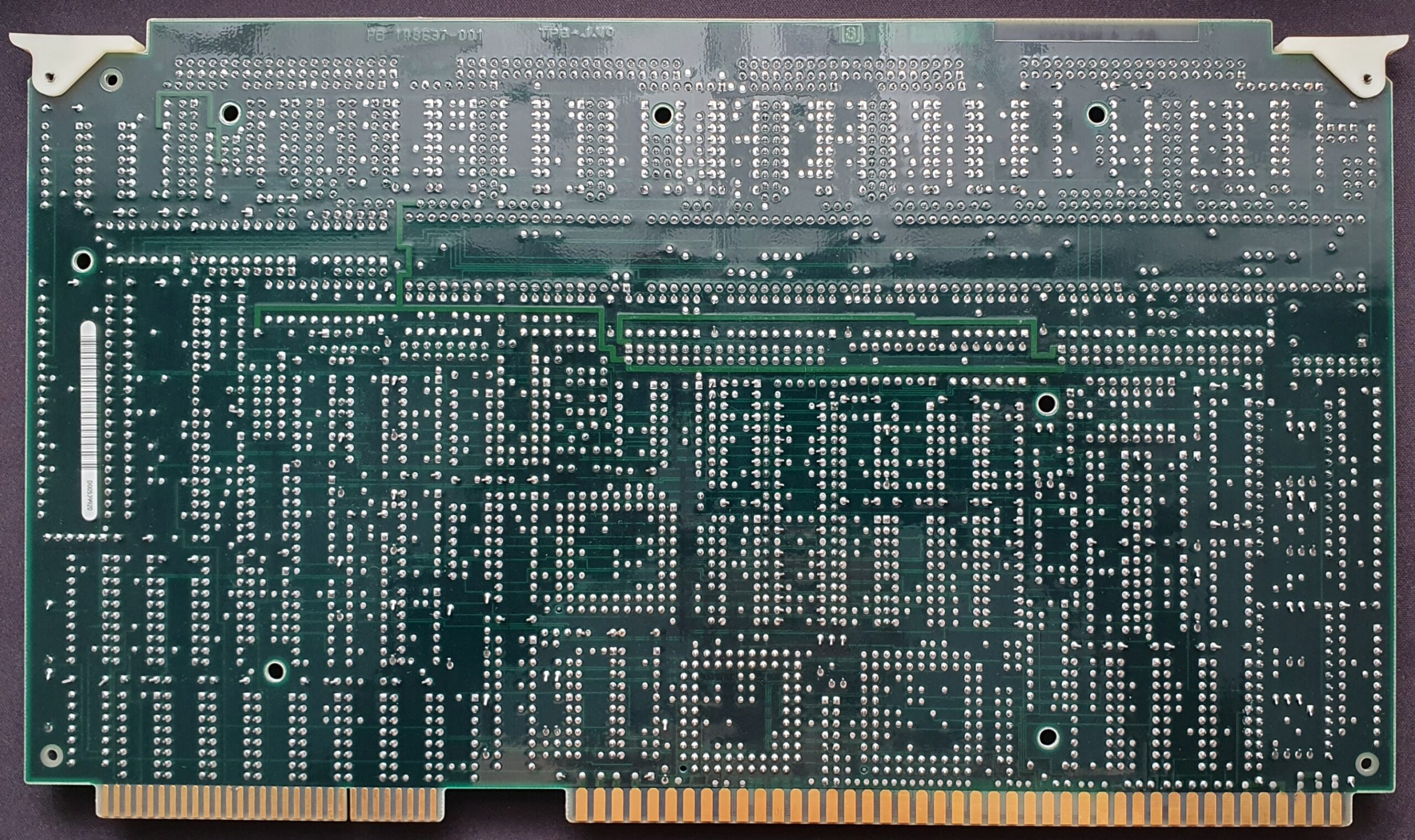A stand-alone communication computer is a complete computer system. The CPU is capable of managing the resources required to meet the needs of multi-terminal, multi-protocol applications. These applications typically require multi-terminal support, floppy disk control, local memory allocation, and program execution and storage.
To support stand-alone applications, the iSBC-188/56 COMMputer board uses the computational capabilities of an on-board CPU to provide a high-speed system solution controlling 8 to 12 channels of serial I/O. The local memory available is large enough to handle special purpose code, execution code and routine protocol software.
The MULTIBUS interface can be used to access additional system functions. Floppy disk control and graphics capability can be added to the iSBC standalone computer through the iSBX connectors.
The following list briefly describes some of the major features of the iSBC-188/56 board:
- iSBC® Single Board Computer or Intelligent Slave Communication Board
- 8 Serial Communications Channels, Expandable to 12 Channels on a Single MULTIBUS Board
- 8 MHz 80188 Microprocessor
- Supports RS232C Interface on 6 Channels, RS422A/449 or RS232C Interface Configurable on 2 Channels
- Supports Async, Bisync HDLC/SDLC, On-Chip Baud Rate Generation, Half/Full~Duplex, NRZ, NRZI or FM Encoding/Decoding
- 7 On-Board DMA Channels for Serial I/O, 2 80188 DMA Channels for the iSBX MULTIMODULE Board
- MULTIBUS Interface for System Expansion and Multimaster Configuration
- Two iSBX Connectors for Low Cost I/O Expansion
- 256K Bytes. Dual-Ported RAM On-Board
- Two 28-pin JEDEC PROM Sites Expandable to 6 Sites with the iSBC-341 MULTIMODULE Board for a Maximum of 192K Bytes EPROM
- Resident Firmware to Handle up to 12 RS232C Async Lines






